
Being a vegetarian is often linked to improved health and being more environmentally responsible, but which version of vegetarianism do you choose? There are multiple types, each with their own distinct parameters. Lacto-ovo vegetarian eating is one approach. Thankfully, lacto-ovo vegetarian food is simple once you get down to it.
With this type of diet, you’re mostly eating plant-based foods and avoiding any seafood and meat. You are, however, still eating dairy foods (lacto) and eggs (ovo).
It’s easy to see why you might want to take this approach. Meat and fish are made by killing the animal involved, but this isn’t the case with eggs and dairy. Plus, some companies focus on animal welfare, like free-range chicken farms. You get the chance to enjoy some animal products, without being responsible for animal slaughter.
Being a lacto-ovo vegetarian has health advantages too. You’re getting most of the benefits of a vegetarian diet, while also having access to nutrients like vitamin B12, which aren’t common in plant-based foods. So then, let’s take a look at some of the key foods and how you can take advantage of them.
Lacto-ovo Vegetarian Foods
Eggs
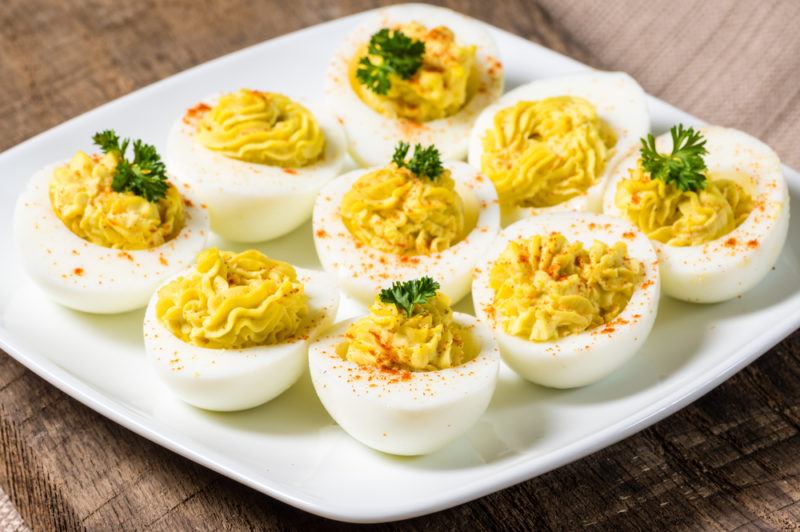
Eggs have an interesting history. They were often seen as unhealthy and even dangerous because of their cholesterol content. Eating eggs was thought to increase blood cholesterol levels and heart disease risk.
These days we know much more about eggs. We know that they can increase levels of healthy HDL cholesterol. Increasing HDL cholesterol can actually actually decrease heart disease risk, rather than making us more vulnerable.
It also turns out that the link between dietary cholesterol and blood cholesterol levels isn’t as strong as we once thought. Our bodies produce cholesterol on their own, so a low cholesterol diet doesn’t necessarily mean less cholesterol in the blood.
Official health recommendations now often suggest that eating eggs, in moderation, can be beneficial. You might be able to have one, two, or even three eggs daily.
There are plenty of reasons to do so too. Eggs are a complete source of protein and contain all the essential amino acids. This feature is very important on a lacto-ovo vegetarian diet, as most of your other protein sources will be plant-based.
Eggs contain critical nutrients too, like selenium, choline, and vitamin B12. Even the calorie content isn’t a bad thing, as the ratio of calories to nutrients is better than with many other foods.
Dairy Products

Eggs and dairy products are the main things that separate a lacto-ovo diet from a vegan one, so let’s talk about dairy. As you’re doubtless aware, dairy refers to animal milk and products made from it. Cow’s milk is the most common, but there is also goat milk, sheep milk, and even camel milk.
Aside from milk, the main dairy products include yogurt, cream, butter, and cheese. Some components of milk, like casein, find their way into a variety of products.
And, of course, dairy products are ingredients in other foods, like sauces, ice cream, custard, and cheesecake – to name just a few. The inclusion of dairy makes a lacto-ovo diet much easier to follow than a vegan diet. After all, dairy is used in countless foods.
Besides, there are many benefits to dairy foods. They’re often rich in calcium and a good source of quality protein. Regular consumption of low-fat dairy has been linked to various health benefits.
The best dairy products are minimally processed without additives. Any that contain live cultures should help to promote your gut health.
You can choose between low-fat and full-fat dairy products. Low-fat is often seen as healthier, especially because dairy contains saturated fat. However, full-fat dairy isn’t linked to as many health problems as you might expect and could even be more beneficial than skim.
Fruits
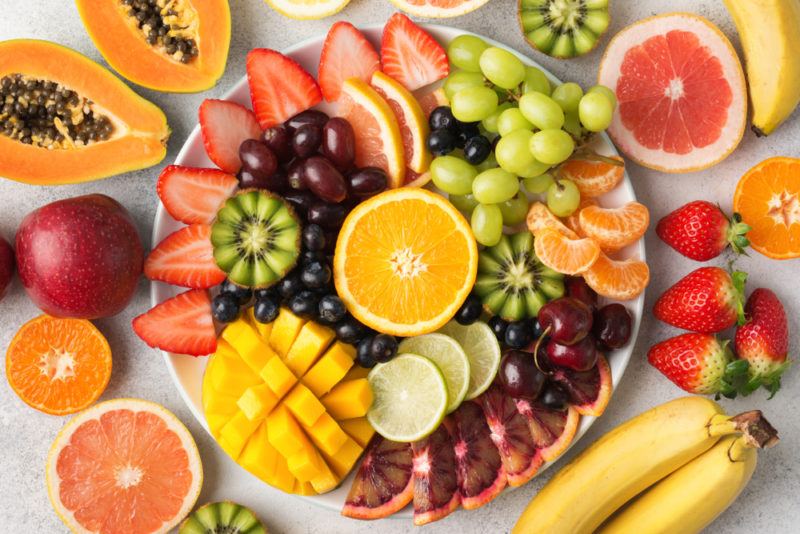
Fruits are common on a lacto-ovo diet. All fruit is fair game and there are no limits to your portion sizes either.
Fruit is an important part of your diet too, as fruits contain many important plant-based compounds. These often have antioxidant and anti-inflammatory effects.
You’ve heard the phrase ‘eat the rainbow’, haven’t you? This is important advice, as pigment molecules in fruit and vegetables are responsible for many of their health impacts. The molecules all have different effects, so varying your intake has the most advantages for your health.
Grapefruits, pomegranates, strawberries, blueberries, pineapples, tart cherries, and mangos are seen as some of the healthiest fruits on the planet. They’re great ones to eat regularly, but don’t limit yourself to them. Focusing on seasonal fruit is often an ideal approach, as this makes it easy to eat a varied diet.
Fruits do have one serious limitation – their sugar content. While sugar from fruit is much better than what you find in processed food and candy, it’s still sugar and too much sugar isn’t a good thing. Limiting your sugar intake is important for health, which means being careful with your fruit intake too.
The right amount of fruit for you will be influenced by your genetics, your activity, the rest of your diet, and many other factors. So, you can expect some trial and error before you know your exact needs.
Focusing on whole fruit rather than puree, smoothies, or fruit juice can help, as the fiber in fruit is important for stabilizing your blood sugar levels. Plus, it takes a while to eat a whole piece of fruit, which decreases the chance that you’ll eat too much.
Avocados

While we already talked about fruits, avocados deserve a special mention, as they’re so unusual. While most fruits are high in sugar and fiber, avocados are low in sugar and have a decent amount of fat instead. In fact, avocados are often eaten as a source of healthy fats. How’s that for unusual?
Like other fruits, avocados do contain many important plant-based compounds.
Just be sure to tailor your consumption based on your overall diet and level of activity. While avocados are certainly healthy, they’re also high in calories. You get around 320 calories in a whole avocado, which may be too much for many people. Try half an avocado or even a quarter if you’re worried.
Vegetables

The health benefits of vegetables can’t be overstated. After all, vegetables are often low in calories and are packed with plant-based compounds and nutrients.
The low sugar and low calorie content of most vegetables means that you don’t need to think too carefully about your portion sizes either.
Cruciferous vegetables are especially important. This category includes foods like cauliflower, broccoli, and Brussels sprouts, along with many of the famous dark leafy greens. Diets high in these vegetables are linked to many benefits, including decreased disease risk.
However, there are a few vegetables to be careful with, particularly those that grow underground, like potatoes, sweet potatoes, and parsnip. These are still good for you, but they tend to be starchy and high in carbs. Such features make the vegetables less powerful than most other options.
You don’t need to cut starchy vegetables out of your diet entirely. They’re still a source of nutrients and complex carbs. The trick is to watch your portion sizes so that you don’t overdo it.
Nuts

Nuts are an interesting addition to our list. They’re high in fat and calories, which might make them sound unhealthy. Yet, most experts agree that nuts can improve health in a variety of ways.
One reason is that nuts contain healthy fats. These fats can help to promote your health. The protein content of nuts is important too, as nuts can keep you satisfied and reduce cravings for sugary snacks.
The fats in nuts are especially important on a vegetarian diet. After all, most other plant-based foods don’t contain a large amount of fat.
Besides, individual nuts have been linked to a variety of benefits. Take walnuts, for example. They may help to improve your cholesterol levels, blood pressure, decrease inflammation, and even help with your brain. Some of these effects are due to the alpha lipoic acids (ALAs) that are present, which are a type of plant-based omega-3 fatty acid.
ALAs are especially important on a vegetarian diet as, unless you’re a pescatarian, you’re not going to be eating any fish. You’ll need to rely on plant-based sources for your omega-3s instead. Walnuts are one such option.
Almonds are another important nut, as they’re nutrient dense. They contain a decent amount of vitamin E, fiber, and magnesium, and may be beneficial for blood sugar levels.
Nuts are fantastic as snacks and as ingredients in recipes. Their combination of fiber and protein means that they’re satisfying. This makes them perfect for cutting down your intake of sugary snacks and keeping your diet on track. Just be sure to watch your portion sizes. After all, nuts are high in calories.
Seeds
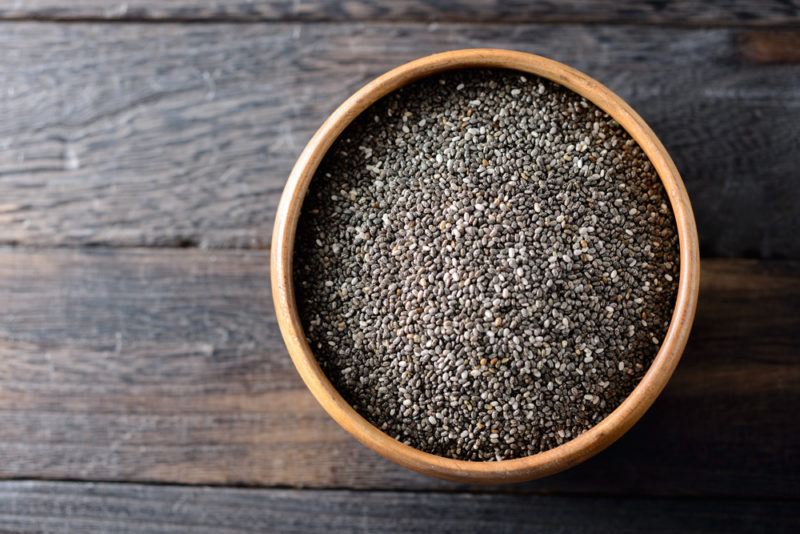
Seeds are another important addition to your diet. They have many of the same features as nuts, including being rich in nutrients and being a good source of fats. This isn’t too surprising as, from a botanical perspective, most of the nuts we eat regularly are technically seeds anyway.
As you might expect, the different types of seeds have their own advantages.
Chia seeds are an important type to look out for. These tiny seeds are high in fiber and the ALAs that we mentioned previously. They also have barely any flavor, so you can easily scatter them on top of yogurt, a salad, or even a meal.
Flaxseeds are another powerful source of ALAs. You can also find flaxseed meal, which is made of flaxseeds that have been ground. Using flaxseed meal as an ingredient is a simple way to get more nutrients and ALAs into your diet.
Other popular options include sunflower seeds, hemp seeds, sesame seeds, and pumpkin seeds. There are also many uncommon edible seeds out there, as well as seeds that we eat when we’re enjoying a piece of fruit (like the seeds in oranges, watermelon, and raspberries).
Legumes

Legumes are a staple food for many people, offering an easy and inexpensive source of protein. Beans are the widest group here, although there are other legumes too, like lentils, chickpeas, and peanuts.
You might use legumes directly, such as cooking beans and using them to make chili or adding lentils into a stew. There are also plenty of legume-based products, like tofu, tempeh, and meat alternatives.
Legumes can be vital on a lacto-ovo vegetarian diet, as they’re one of your easiest sources of protein. Without them, you’d need to work much harder to get the protein that you need every day. This could be a problem as protein is essential for muscle development and plays many roles in your body.
Of course, as you probably know, legumes are controversial.
One reason is that they contain antinutrients, such as lectins and phytic acids. These compounds can decrease your body’s ability to digest nutrients. Because of this, antinutrients may mean that you get fewer benefits from the foods you eat.
Thankfully, the antinutrients are mostly present in raw legumes. Preparing and cooking legumes well can dramatically decrease the levels of antinutrients. For example, beans should be soaked for at least a few hours, preferably overnight, before they are cooked.
You won’t get rid of all the antinutrients this way, but the amount that’s left doesn’t appear to cause any harm. Besides, legumes offer a host of important nutrients, so they still provide plenty of benefits.
Seaweed and Algae

The words seaweed and algae are sometimes used interchangeably, but the two foods from the sea aren’t exactly the same. Seaweed is a type of underwater plant that you’ll often see wrapped around sushi or sometimes dried on its own. On the other hand, algae are aquatic organisms and are some of the most primitive organisms that exist.
Because seaweed is a plant, it’s an easy addition to any type of vegetarian diet.
Algae is a bit more complicated, as it’s a slightly unusual type of organism. However, most vegans do eat algae and rely on algae-based omega-3 supplements. This isn’t as strange as it sounds. After all, bacteria is a similar type of organism and we all get plenty of healthy bacteria from our diets. Algae isn’t that different.
Seaweed and algae are both nutritious. They’re also sources of omega-3 fatty acids. We’re not just talking about typical plant-based omega-3s either. Seaweed and algae contain EPA omega-3s. This type is normally just found in animals.
You can even find algae oils and some cold-water algae that contain DHA omega-3 fatty acids.
Whole Grains

Let’s not forget about whole grains either. Unless you’re on a low carb diet, whole grains are a critical source of nutrients. They can be delicious too.
The term whole grains is a broad one, as it just refers to eating the entire grain. So, a whole grain diet might include any grain, like rice, oats, wheat, or ancient grains, along with products made from those grains.
Pesudograins, like quinoa and amaranth, can be included in the category too. These aren’t considered to be grains, as they come from a different plant family. But, we use them just like grains and the nutritional profile is similar.
The most important thing is to consume the whole grain, rather than just part of it. Many products that line our grocery store shelves don’t offer this. Instead, they often focus on white flour or white rice. These only use a part of the grain in question, so they’re missing critical nutrients.
Whenever possible, look for products that use whole grains as they are, rather than grinding them up. You still get the same nutrients either way, but grinding grains means that your body breaks them down faster and you’re more likely to get a blood sugar spike.
Thankfully, there are plenty of products that rely on whole grains. You can also look for sprouted grain bread and similar foods. The sprouting process may give your body more access to the nutrients in the grains.
Soybeans

Soybeans are a type of legume and we covered legumes earlier. Still, soybeans deserve some extra discussion, as there’s a ton of controversy surrounding them.
Like other legumes, soybeans have antinutrients. The amount of antinutrients can be decreased in a variety of ways, like by sprouting soybeans, fermenting them, or soaking prior to cooking.
Another concern is soy isoflavones, which is sometimes called a phytoestrogen or a type of plant-based estrogen. Essentially, soy isoflavones may have some similar effects to estrogen, although at a much weaker level.
While there is much concern about these estrogen-like effects, there isn’t much scientific evidence supporting them.
Finally, soybeans are often genetically modified. While this type of genetic modification has been tested and is considered safe, there are many concerns around the idea. And honestly, we do need more studies into the long-term effects of GMOs and GMO soy.
Still, there are non-GMO soybeans too. These are easy to spot, as there’ll normally be a GMO-free label on the packaging.
Despite all the concerns, current evidence suggests that soybeans should be safe for most people, even if you’re eating soybeans regularly. If you have a hormonal problem or are worried about digestion, then you could talk to your doctor before eating soy products regularly.
There’s one more thing to mention.
While soybeans seem to be safe, it’s best not to rely on them too heavily. As we’ve mentioned before, variety is the way to go. With so many available sources of protein, why stick with just one or two types?
Mushrooms

The humble mushroom seems to get left out a lot when we talk about vegetarian foods. Yet, mushrooms are often eaten even on a vegan diet, as they’re fungi rather than a type of animal.
Mushrooms are important too, as they can act as a meat substitute. Sure, they’re not high in protein, but they make up for this by having a notable umami flavor. The flavor is similar to what you find in meat or chicken, making mushrooms an easy way to make your meal taste like it is full of meat.
There are also some important nutrients in mushrooms, including B vitamins, selenium, and potassium. Plus, mushrooms are thought to help with your immune system, making it easier for your body to respond to threats.
Finally, mushrooms have practical benefits. They’re easy to use, are versatile, and taste delicious. They’re an easy way to make a vegan dish more interesting. You can even use large mushrooms as a replacement for hamburger patties or stuff mushrooms and bake them for a delicious appetizer.
Vegetarian Protein Products

Plenty of foods provide you with protein on a lacto-ovo vegetarian diet, including legumes, eggs, and dairy. However, whole foods aren’t your only option. There are also prepared products that can help with protein intake.
Tofu is one of the most obvious examples. This is a white block that’s created from coagulated soy milk. It contains many of the nutrients that you find in soy beans, so it’s a naturally good source of protein.
While tofu doesn’t have much flavor of its own, it does easily take on the flavor of other ingredients. This means that, once you get used to working with it, you can easily make delicious tofu-based meals.
Tempeh is a less common option that may be even more powerful than tofu. It’s made using whole soybeans, rather than soy milk. Tempeh is also fermented, so it is a source of probiotics and may help with your gut health. The focus on soybeans rather than soy milk means that tofu and tempeh have a different nutritional profile.
And, of course, there are all the meat substitutes that you find at the grocery store. Soybeans are a common ingredient here too, although other ingredients might be used too, like jackfruit, lentils, seitan, or oat flakes. Just be aware that some options, like jackfruit, focus more heavily on texture and aren’t a powerful source of protein.
You can even make your own versions at home using recipes from vegan blogs or cookbooks. Some of these meat alternatives look and feel much like the real thing. They can be useful ways to get more protein in your diet – and are an easy solution for barbeques and similar events.
Just be sure to pay attention to the ingredients label. To get the right nutrition, flavor, and texture, manufacturers often use a host of ingredients. Thickeners, natural or artificial flavors, natural or artificial colors, vegetable protein, vegetable oil, and extracts may all feature. You’ll need to decide whether you’re comfortable eating something heavily processed.
Many Processed Foods

There’s no shortage of processed vegetarian foods, including the ones that we talked about above. Some of these products were designed specifically for vegetarian or vegan dieters, while other items might be vegetarian-friendly by chance rather than design.
Processed food does have advantages. It gives you an easy way to stick to your diet, without spending hours in the kitchen. Unfortunately, processed food comes with its problems too.
For one thing, simply being vegetarian doesn’t guarantee that food is good for you. Many vegetarian foods are packed full of additives, extra sugar, and far too many calories. After all, vegetarian junk food is certainly a thing.
To eat well, you need to be focusing on whole foods, including the ones that we’ve featured on this list. Pre-prepared and even processed foods can still be a part of your diet, but it’s worth being pickier about the ones that you eat. Look for products that have a healthy balance of nutrients and macronutrients, and that don’t use unnecessary additives.


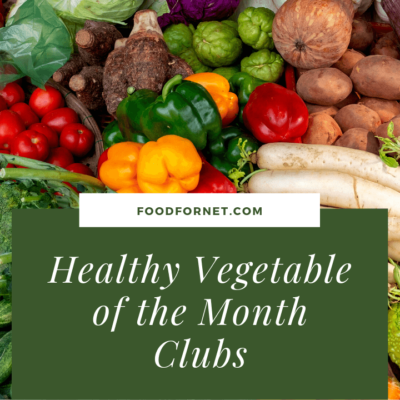
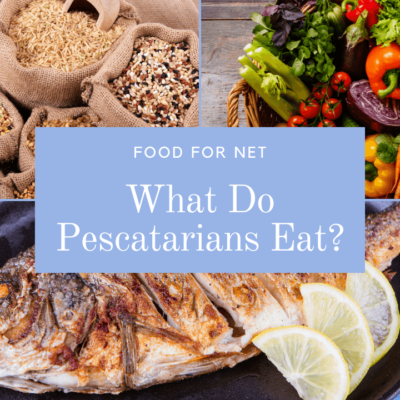



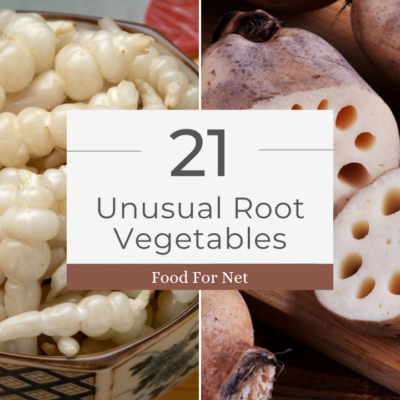
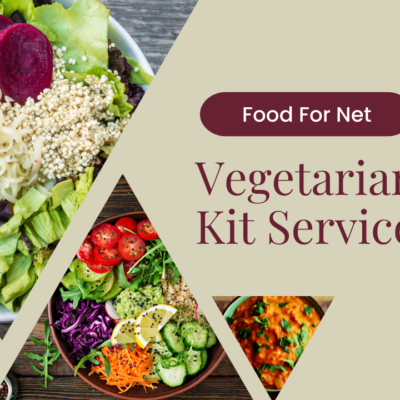
 7 Colorful Nail Polish Subscription Boxes
7 Colorful Nail Polish Subscription Boxes
Leave a Reply